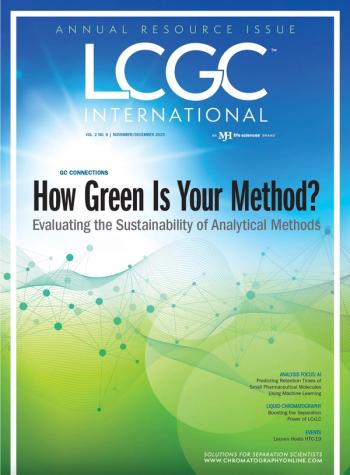
Jasco Celebrates 50th Anniversary
In 2008 Jasco (Easton, Maryland) celebrates its 50th anniversary as an analytical instrumentation company.
In 2008 Jasco (Easton, Maryland) celebrates its 50th anniversary as an analytical instrumentation company. The company was founded in 1958 by researchers at the Institute of Optics at what is now Tsukuba University (Tsukuba, Japan). The researchers were in need of an IR spectrophotometer, and a commercially available instrument did not exist in Japan. As a result, they developed their own instrument. Other research groups asked them to reproduce the instrument for use within their laboratories, and Jasco was founded. Jasco is now located in more than 57 countries and manufactures instruments for chromatography and spectroscopy, including high performance liquid chromatography (HPLC), supercritical fluid chromatography (SFC), ultrahigh-pressure liquid chromatography (UHPLC), and UV-vis, IR, Raman, circular dichroism, and fluorescence spectroscopy.
Newsletter
Join the global community of analytical scientists who trust LCGC for insights on the latest techniques, trends, and expert solutions in chromatography.



